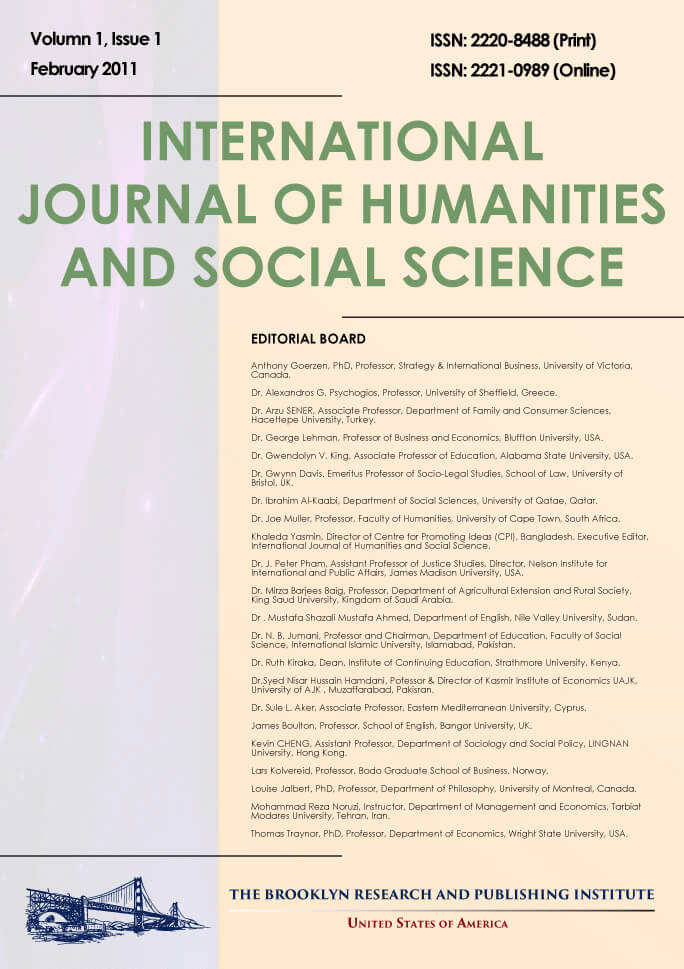Factors Associated with Adolescent Mother Return to School: A Review of Literature
Abstract The status of adolescent mother education stands as a pivotal concern for sustainable development across the continent. The SSA region has a disproportionately highest number of adolescent pregnancies and the lowest number of adolescent mothers who return to school, further undermining the potential of women to escape from poverty and contribute significantly to economic development and sustainable development goals (SDGs) despite most governments in Sub-Saharan Africa region having an adolescent mothers' return to school policy. Using a sample of 28 empirically peer-reviewed journals, this paper utilizes a systematic review methodology to evaluate factors influencing adolescent mothers' return to school in the Sub-Saharan Africa region. Six broad themes or factors were identified from the synthesis of the sample of the 28 papers, namely: category of school preferred by returning adolescent mothers, family factors influencing return to school, school experiences with the implementation of return to school policy, adolescent support systems and stakeholder perception, teachers and school principals' perspectives on adolescent mother return to school and adolescent mothers lived experiences and realities. A lesser studied theme on factors influencing adolescent mothers' return to school and retention to completion are the adolescent mothers' lived experiences and realities. Narratives from the scholars who have examined lived experiences highlight mothers' feelings that negative perception and treatment by those around them create a hostile learning environment, discouraging them from fully engaging in their studies and leading to higher dropout rates. This review, however, highlights a complex and challenging environment for teen mothers' return and retention in traditional schools. Although many countries in the SSA region have a return-to-school policy for adolescent mothers, there are still significant gaps regarding the school characteristics that promote the return and retention of adolescent mothers in traditional schools in the region. Such gaps continue to undermine the region's efforts in meeting SDG 5, with consequences in gender inequalities and women and girls.[email protected]
Note: Citation statistics will only be available once the article is indexed in Google Scholar.



